
Five Types of Data Centers
One-hundred and eighty-one zettabytes. That’s the volume of data and information that is projected to be consumed by 2025.1 181 zettabytes. 181,000,000,000,000,000,000,000 (21 zeroes). Or in layman’s terms, that’s a heck of a lot of data!
And that’s just a projection up until 2025. Imagine what this data consumption will be by 2030 or even in the next 10-15 years. Technology is booming and there’s no sign of it slowing down. Where and how the data gets processed is arguably one of the most important aspects of today’s digital economy.
Cue the data center. The extensive amount of data being processed each day means businesses must address the need to store and manage data and resources today and prepare for the future. Fortunately, data centers providers are not only at the forefront of this data-forward culture, but also are taking a proactive approach toward their capabilities and offerings.
Evolution of the Data Center
At its most basic, a data center is a facility designed to safely store data and applications. It houses the physical servers, hard drives and networking equipment required to disseminate large amounts of data that are critical to business operations.
Relatively new in terms of its history, the modern data center industry advanced when businesses absorbed personal computing during the dotcom boom of the 1990s. Companies that connected to the internet suddenly required better IT systems and management to keep up with this new business model.
Initially, businesses set up microcomputers and eventually mainframe computers in dedicated rooms onsite. But the need for more space, reliable power and efficient cooling systems became more apparent as they ramped up their digital efforts. Hence, the birth of the modern data center, where businesses can outsource some or all of their IT infrastructure to better manage digital transformation. What originally began as a few computers in small server rooms has become a thriving industry that continues to grow.
Types of Data Centers
We’ve come a long way since the early days of data centers. As the digital world continues to innovate and advance, so too does the data center. It’s not just a matter of where the data is stored and managed, but also about the server density, security and latency that is needed to ensure a consistent customer experience, protect assets and be future-ready.
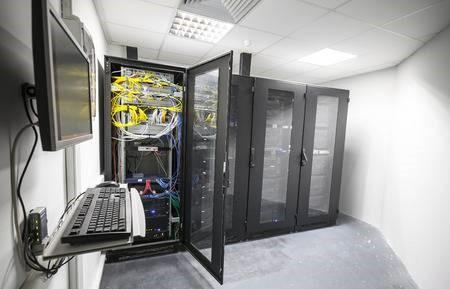
Enterprise Data Centers
Enterprise data centers are private data center facilities that support a single business or organization, and usually host enterprise IT operations. Often, enterprise data centers are located at different company locations, which allows for faster data access and application performance for employees and customers.
While this on-premises model enables businesses to control assets, it typically requires heavy investment in space, infrastructure and maintenance from IT teams. When the business grows, the data center needs to grow its footprint as well, even as server density increases. Furthermore, increased density necessitates more power and cooling, increasing operational costs.
Colocation Data Centers
Unlike the enterprise data center, a colocation data center provides a shared space for businesses to outsource their IT operations. The facility includes on-site security, equipment, power, cooling, technical support services and the interconnection necessary for efficient networking operations.
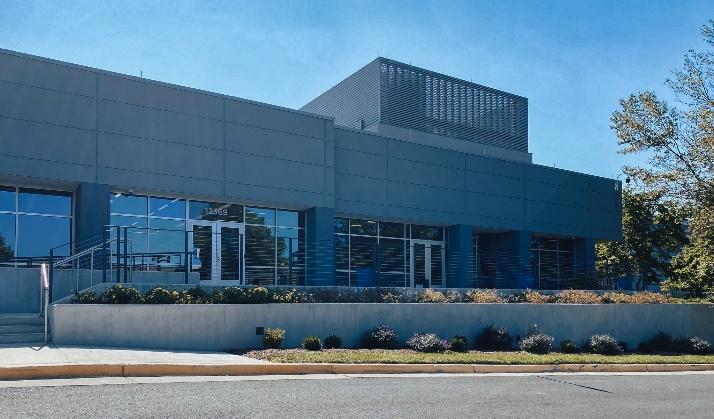
Tenants of colocation data centers can achieve better scalability, reliability and operational costs than they would when hosting the data themselves – which enables them to redirect IT resources to business growth and/or performance initiatives.
Hyperscale Data Centers
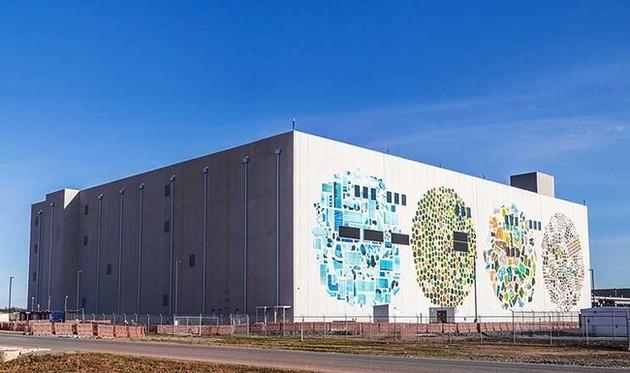
Gargantuan in size and data capacity, hyperscale data centers are purpose-built for massive compute and data storage. Essentially, they are colossal single or multi-tenant data centers that house thousands upon thousands of servers – giving rise to seemingly unlimited scalability.
As businesses grapple with enormous amounts of data, the demand for hyperscale data centers continues to rise. The demand is so big, in fact, that the hyperscale market is predicted to grow from $35.72 billion in 2022 to $76.73 billion in 2027 at a compound annual growth rate of 16.5%.
Edge Data Centers
Most recently, edge data centers are becoming a part of the data center industry. These smaller data centers are built near the people a business serves. This proximity allows for near-instantaneous connectivity, data processing and analysis, so that businesses can achieve greater speeds and reduce communication delays.
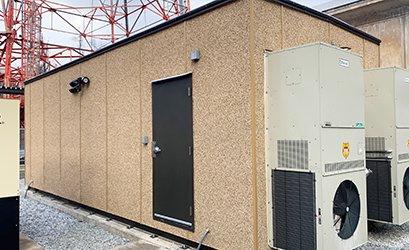
To remain successful, businesses must continue to adopt emerging technologies—such as internet of things (IoT), big data, artificial intelligence (AI) and streaming services. With the number of connected devices forecast to grow to more than 8 billion by 2030, edge data centers will be paramount to their progression.3
Modular Data Centers
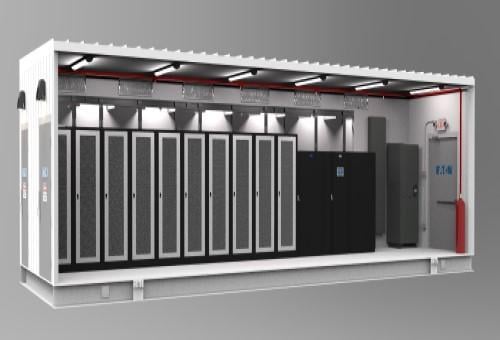
Portable data centers, called modular data centers, enable businesses to plug-and-play all data center components to a location where data capacity is needed. These modules contain IT equipment and the power and cooling to operate as a small, fully functional data center.
Often, these data centers will be deployed as a temporary solution to increase capacities. For example, you may see them on construction sites or in disaster areas to enable quick scalability or outside a business to accommodate new technology and infrastructure.
The Future of the Data Center
Early data center providers had a simple job: to provide space, power and connectivity to companies outsourcing their IT environments. Over time, data center providers evolved into trusted partners by supporting new compute, networking and security technologies (plus tech support services) that help their customers thrive in this ever-changing digital world.
Businesses and public sector entities generate more and more data every day. That trend will likely accelerate. The demands from remote work, digitization of business processes and data-hungry technologies are rapidly advancing. Understandably, these trends along with an increasingly tech-savvy society will catalyze further data center expansion and modernization.
Are you looking for a data center to keep up with your ever-changing data needs? Learn how CoreSite can keep your businesses at the forefront of innovation or contact us to help you find the right data center solution to suit your needs.








